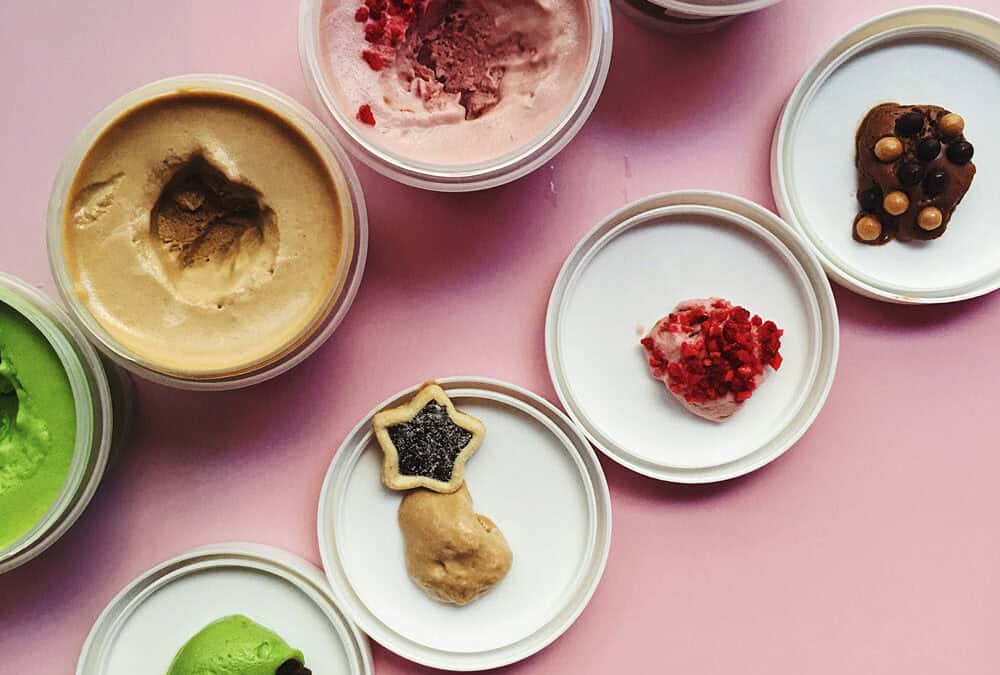This post was originally published on August 9, 2013 and was updated September 17, 2024.
You know how your parents told you not to talk to strangers? Well one day on vacation I not only spoke to a stranger, I invited her to my hotel room.
In October 1996 my husband Dan and I took an ABC Tour vacation to Asia. My parents had taken the same tour six months earlier. Among the highlights they mentioned were the free five-minute massages that they got from a group of Thai masseuses who hung out outside one of the temples in Bangkok.
The day we toured the temple, there they were.
A couple dozen unobtrusive Thais dressed in casual clothing and offering brief massages. Each carried a small spiral notebook and pencil that they used to book appointments after the free massage was over.
When a young woman about five feet tall with dark cropped hair approached me and said, “You want massage?” I said sure. Why not? It was free. What did I have to lose?
If it is possible to experience heaven standing in 100-degree heat at a crowded tourist attraction, this was it.
The woman’s petite size belied her strength. She applied varying degrees of pressure to points around my neck and shoulders that released stress I didn’t know I had. It was amazing how much better I felt after just five minutes.
When she pulled out her spiral notebook and asked if I would like to book a massage for the next day in my hotel room, I found myself saying yes. I also heard myself give her my hotel name and room number and set a time.
Then she said “thank you” and moved on to find her next prospect. The interaction was so quick that I found myself wondering if it had actually happened.
And wondering about the wisdom of what I had just done.
Humans, aka Prospects and Customers, are Loss Averse
Most humans are loss-averse.
Before we part with even a small amount of our hard-earned money, we want to know that it will be worth it.
More than that, we fear wasting money on something even if we think it will be amazing.
As Nobel Memorial Prize winner Daniel Kahneman wrote in his best-selling book Thinking, Fast and Slow, “When directly compared or weighted against each other, losses loom larger than gains.” (Thanks to Nancy Harhut for making me aware of Kahneman’s quote in her excellent book Using Behavioral Science in Marketing.)
More recently Kahneman clarified that it’s not uncertainty or risk that bothers people, it is the fear of loss.
Sampling Removes the Fear of Loss and Builds Trust
Why did I give a stranger my hotel information and invite her to come the next day without even knowing her name? Or asking how much the massage would cost?
Because she had proven herself an excellent masseuse by giving me a preview of what I would get if I hired her.
Said otherwise, she had taken away my fear of loss and the risk of hiring her by giving me a sample of her services.
Which is why sampling is the strongest tactic in your marketing tool box.
Faster than advertising, able to leap discounts and coupons in a single bound.
Food and beverage marketers have known this for years. That’s why you can sometimes eat and drink your way through your local supermarket.
But the secret is that sampling can work for just about any industry.
- Authors and publishers sometimes include the first chapter of the author’s next book in the one you just read, especially if the book is part of a series. Or they post it for free. Amazon.com allows you to view the table of contents or to read a few pages.
- Movies create trailers to spark your interest.
- Software-as-a-service companies like Carbonite, iContact, and Constant Contact give you a free trial period. Otter.ai (transcription) and Survey Monkey offer lower-level “freemium” versions for new users to try.
- Private schools hold events and give tours to get prospective students and parents into the building so that they get familiar with the facility and the community and have an easier time seeing themselves there.
- Painters, landscapers, and general contractors give free estimates so you can get a glimpse of their ideas and understand their approach.
- Restaurants will often offer a free sample of one or two wines before you commit to buying a full glass. My world changed when I discovered this.
- Professional service providers like investment advisors, immigration attorneys, and marketing consultants pen newsletters, host podcasts, and post videos to demonstrate their expertise and showcase their perspective.
Sampling:
- Builds trust in your brand via familiarity.
- Builds goodwill with your prospect.
- Kicks the prospect’s loss aversion to the curb and increases the likelihood that she will buy.
Which is why I invited that stranger to my hotel in Bangkok.
And guess what? Dan had done the same thing with the man who had given him a free massage.
The next day at the appointed hour, the man and the woman arrived and gave us side by side massages. Ninety minutes and perhaps the best $30 we’ve ever spent on vacation.
Do you have a great sampling or vacation story to tell? I’d love to hear it.
***
Just for Fun
It’s a short hop from sampling to taste testing and food shopping.
Melissa McCarthy holds nothing back in this SNL “Taste Test” skit. (6 minutes, 49 seconds)
And she unleashes even more in this SNL “Supermarket Spree” skit (3 minutes, 9 seconds; thanks to AJ Traub for showing this to me)
Enjoy!

